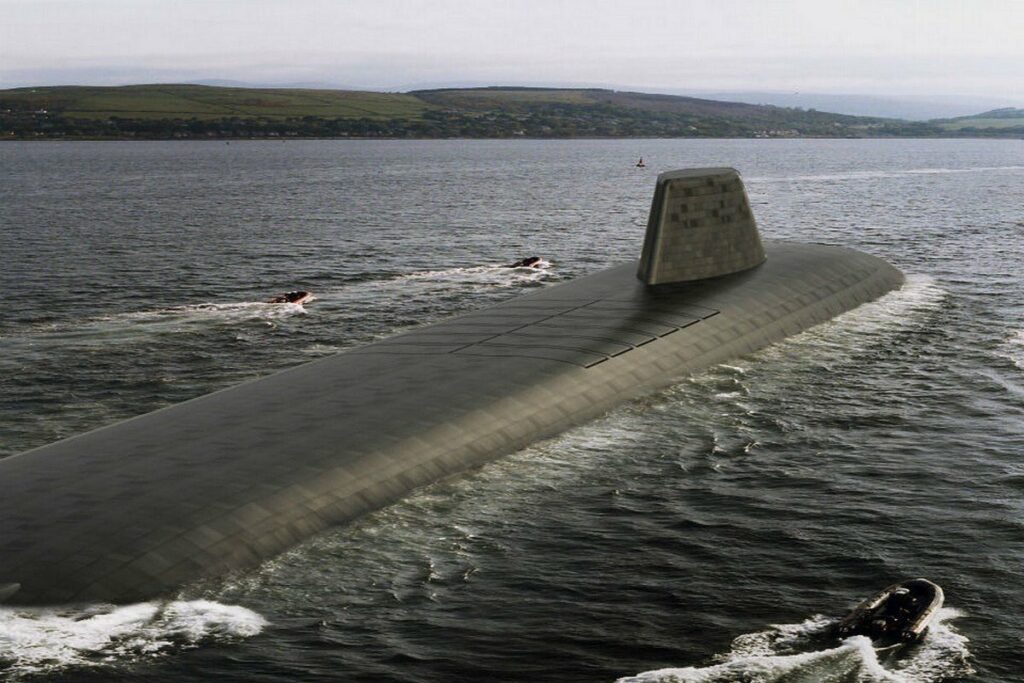The UK Ministry of Defence (MoD) has awarded BAE Systems and Rolls Royce more than 2 billion pounds ($2.47 billion) for the Dreadnought nuclear deterrent submarine program.
The initial funding will enable the third phase of the nearly 10 billion pounds ($12.31 billion) program for the first of four Dreadnought submarines to be built at BAE Systems’ Barrow-in-Furness shipyard.
More than 1 billion pounds has been invested in the shipyard in advanced technology and upgraded infrastructure. The program’s overall cost is pegged at 31 billion pounds ($38 billion).
Replacement for the Vanguard-class
The Dreadnoughts will eventually replace the fleet of Vanguard-class nuclear-powered ballistic missile submarines, which forms the UK’s Continuous at Sea Deterrence.
At least one Royal Navy nuclear-armed ballistic missile submarine has been patrolling the seas undetected since 1969 to maintain the country’s deterrence.
By 1992, the fleet of four Trident-equipped Vanguards took over the responsibility. The Dreadnoughts are expected to replace the Vanguards by the early 2030s.


Largest British Submarine Ever
Like its successor, the Dreadnought will also carry the Trident II D-5 submarine-launched nuclear ballistic missile.
At 153.6 meters (504 feet) long with a displacement of 17,200 tons, the Dreadnought will be the largest British submarine ever built — around four meters (13 feet) longer and 1,300 tons heavier than the Vanguard.
“The Dreadnought Class will be crucial to maintaining and safeguarding our national security, with the nuclear deterrent protecting every UK citizen from the most extreme threats, every minute of every day,” Defence Procurement Minister, Jeremy Quin said.
“Designed in the UK, built in the UK and supporting tens of thousands of jobs in the UK, the Dreadnought programme is a leading example of our commitment to defence manufacturing and will continue to boost British industry for decades to come.”


